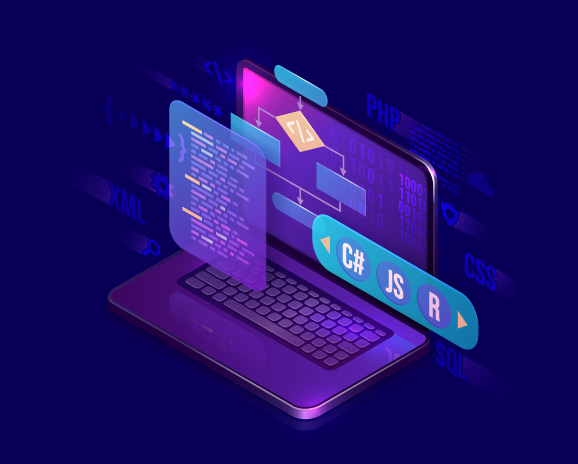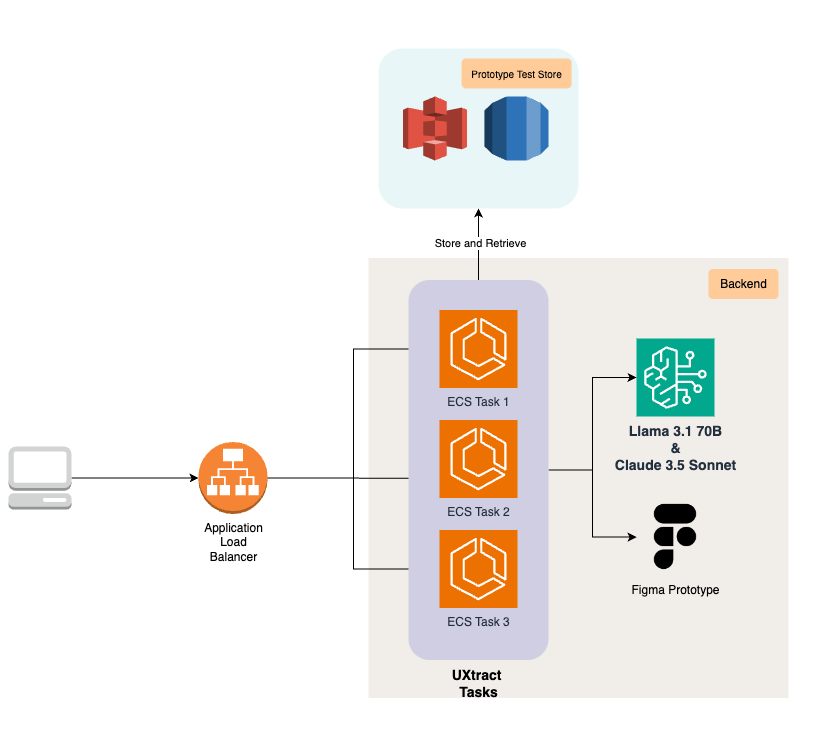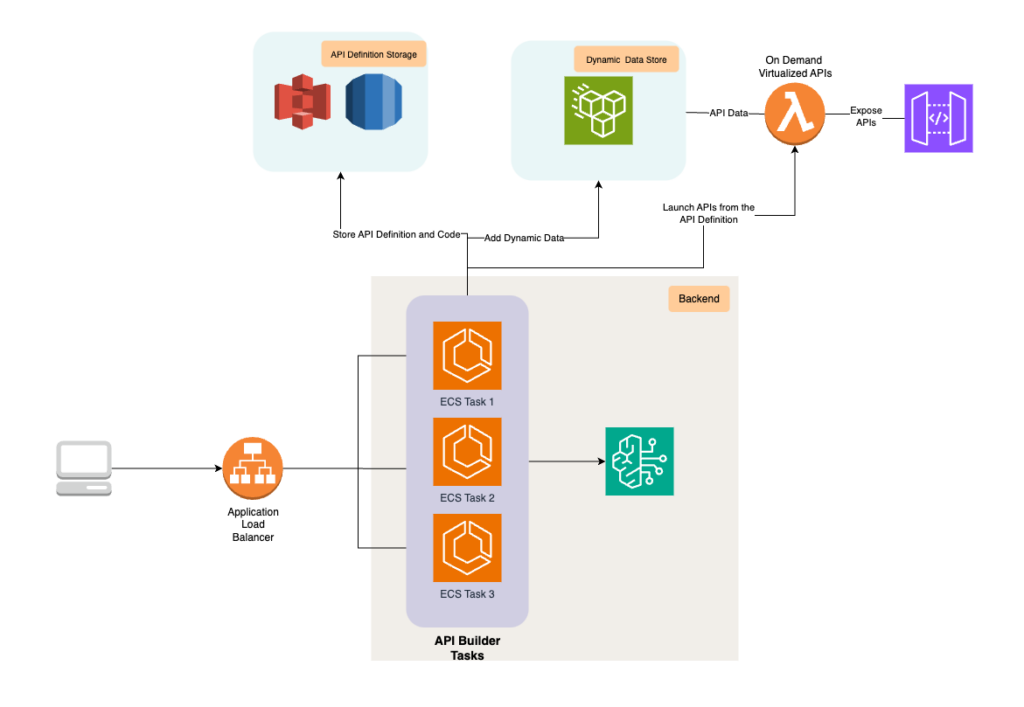Build Better Software, Faster: How Qyrus Redefines Quality Assurance with AI-Powered Shift-Left Testing


This post is adapted from our original article co-authored by Ameet Deshpande (SVP of Product Engineering) and Vatsal Saglani (Data Science and Generative AI Lead) with our partners at Amazon Web Services and featured on the AWS Machine Learning Blog. Our collaboration with AWS allows us to leverage cutting-edge AI, and in this post, we explore how that translates into transformative value for your development team.
The Core Challenge: Why Traditional QA is Breaking
In today’s competitive landscape, businesses are forced to embrace accelerated development cycles to keep pace with market demands. While speed is essential, maintaining rigorous quality standards has become a significant challenge. This is where the limitations of long-established QA practices become glaringly obvious.
Traditional testing methods, which are pushed to the end of the development cycle, are no longer sustainable. This late-stage approach frequently leads to a cascade of negative consequences, including project delays, spiraling costs, and a compromised final product. The core of the issue lies in the exponential cost of discovering defects late in the process. According to research from the Systems Sciences Institute at IBM, a bug found after product release can cost four to five times as much to fix as one found during design, and up to 100 times more than if it were identified during the initial phases.
These staggering costs are not just financial. They represent lost productivity, time spent by developers’ context-switching to fix old code, and significant delays that can cause a company to miss critical market opportunities. When quality is treated as an afterthought, the entire development process becomes inefficient and reactive.
To break this cycle, a fundamental change is required. The industry is moving toward a “shift-left” paradigm, which focuses on integrating testing much earlier in the development process. By identifying and resolving problems sooner, teams can dramatically reduce costs, shorten timelines, and ultimately deliver a higher-quality product.
The Solution: The QyrusAI Intelligent Agent Suite
To overcome the challenges of traditional QA, you need a new class of tools designed for the speed and complexity of modern development. QyrusAI is a suite of AI-driven testing tools built to enhance quality across the entire software development lifecycle (SDLC). Powered by advanced large language models (LLMs) and vision-language models (VLMs) through Amazon Bedrock, our platform provides a set of intelligent agents that automate and elevate your testing strategy from day one.
Each agent is designed to tackle a specific challenge within the development workflow:
For Requirements & Design
- TestGenerator: Analyzes your requirements documents to automatically generate initial test cases. It intelligently infers potential user scenarios and edge cases to create a comprehensive test plan from the very start. TestGenerator uses a suite of advanced models such as Meta’s Llama 70B, Anthropic’s Claude 3.5 Sonnet, Cohere’s English Embed, and Pinecone on AWS Marketplace.
The following diagram shows how TestGenerator is deployed on AWS using Amazon Elastic Container Service (Amazon ECS) tasks exposed through Application Load Balancer, using Amazon Bedrock, Amazon Simple Storage Service (Amazon S3), and Pinecone for embedding storage and retrieval to generate comprehensive test cases.

- VisionNova: Crafts design-based test cases by analyzing UI/UX design documents. This agent translates visual elements and user experience flows into concrete, testable scenarios.
The following diagram shows how VisionNova is deployed on AWS using ECS tasks exposed through Application Load Balancer, using Anthropic’s Claude 3 and Claude 3.5 Sonnet models on Amazon Bedrock for image understanding, and using Amazon S3 for storing images, to generate design-based test cases for validating UI/UX elements.

- UXtract: Directly converts Figma prototypes into detailed test scenarios and step-by-step instructions. It analyzes the flow between screens to ensure every transition and user interaction can be validated.
The following diagram illustrates how UXtract uses ECS tasks, connected through Application Load Balancer, along with Amazon Bedrock models and Amazon S3 storage, to analyze Figma prototypes and create detailed, step-by-step test cases.

For Pre-Implementation & Development
- API Builder: Creates virtualized APIs based on specifications, allowing for early front-end testing. Your teams can build and test the user interface with accurate mock responses before the backend is even fully developed.
The following diagram illustrates how API Builder uses ECS tasks, connected through Application Load Balancer, along with Amazon Bedrock models and Amazon S3 storage, to create a virtualized and high-scalable microservice with dynamic data provisions using Amazon Elastic File System (Amazon EFS) on AWS Lambda compute.

- Echo: Generates high-quality and logically sound, synthetic test data to ensure comprehensive testing coverage. This removes dependencies on sensitive or incomplete real-world data, enabling thorough testing early on.
For Active Testing & Maintenance
- Rover & TestPilot: These are multi-agent frameworks designed for autonomous testing. Rover explores your application to uncover unexpected bugs and issues, while TestPilot conducts objective-based testing to verify that the application meets its intended goals.
- Healer: Healer intelligently tackles common test script failures. It analyzes the script and the application’s current state to suggest accurate fixes for locator issues, significantly reducing test maintenance time.
How It Works: Transforming Your SDLC
QyrusAI’s integrated approach ensures that testing is no longer a final stage, but a proactive and continuous activity aligned with every phase of your software development lifecycle. This shift-left strategy makes sure issues are caught early and quality is maintained continuously.
The following diagram visually represents how QyrusAI agents integrate throughout the SDLC, from requirement analysis to maintenance, enabling a shift-left testing approach that makes sure issues are caught early and quality is maintained continuously.

Here is how the QyrusAI agents fit into your workflow, from initial concept to long-term maintenance:
- Requirement Analysis: The process begins here. TestGenerator AI generates initial test cases directly from the requirements, creating a strong foundation for quality from the start.
- Design: As UI/UX designs are created, VisionNova and UXtract convert Figma designs and prototypes into detailed test cases and functional steps. This validates the user experience before a single line of code is written.
- Pre-Implementation: Before the backend is fully developed, two agents enable early progress:
- API Builder creates virtualized APIs, allowing front-end testing to begin immediately.
- Echo generates synthetic test data, providing comprehensive testing coverage without dependencies on real data.
- Implementation: During active development, teams use pre-generated test cases and virtualized APIs to perform continuous quality checks.
- Testing: In the formal testing phase, QyrusAI deploys its autonomous agents:
- Rover, a multi-agent system, independently explores the application to uncover unexpected issues.
- TestPilot conducts objective-based testing, ensuring the application meets all of its intended goals.
- Maintenance: For long-term software quality, QyrusAI supports ongoing regression testing with advanced test management, version control, and reporting features.
This integrated model ensures that potential issues are detected earlier in the process, lowering the cost of fixing bugs and enhancing overall software quality.
The Proven Impact: AI-Driven Results
Adopting a new approach requires clear evidence of its benefits. Our data, collected from early adopters and internal testing of QyrusAI, demonstrates the significant and immediate impact of an AI-driven, shift-left strategy. The results consistently show that integrating AI early in the SDLC leads to a significant reduction in defects, development costs, and time to market. This real-world impact is why Gartner recently recognized Qyrus in its report on how Generative AI is impacting the Software Delivery Life Cycle (SDLC).
Here are the key improvements our partners have experienced:
- 80% Reduction in Defect Leakage: By finding and fixing defects in the initial phases, far fewer bugs ever reach production.
- 36% Faster Time to Market: Early defect detection, combined with reduced rework and more efficient testing, leads to faster delivery cycles.
- 20% Reduction in UAT Effort: Because comprehensive testing is performed early and often, a more stable and reliable product reaches the final user acceptance testing (UAT) phase.
Conclusion: The Future of Your QA is Here
Shift-left testing, powered by QyrusAI and its foundation on Amazon Bedrock, is revolutionizing the software development landscape. By integrating AI-driven testing across the entire SDLC, from requirements analysis to maintenance, Qyrus helps your teams to:
- Detect and fix issues early, significantly cutting development costs.
- Enhance software quality through more thorough, AI-powered testing.
- Speed up development cycles without sacrificing quality.
- Adapt quickly to evolving requirements and application structures.
This integration with advanced language and vision models from Amazon Bedrock provides unparalleled flexibility, scalability, security, and cost-effectiveness. By adopting this AI-powered approach, your organization can not only keep pace with today’s fast-moving digital world but also set new benchmarks in software quality and development efficiency.
Take the Next Step
Ready to revolutionize your testing process and build better software faster? Let’s get in touch.






